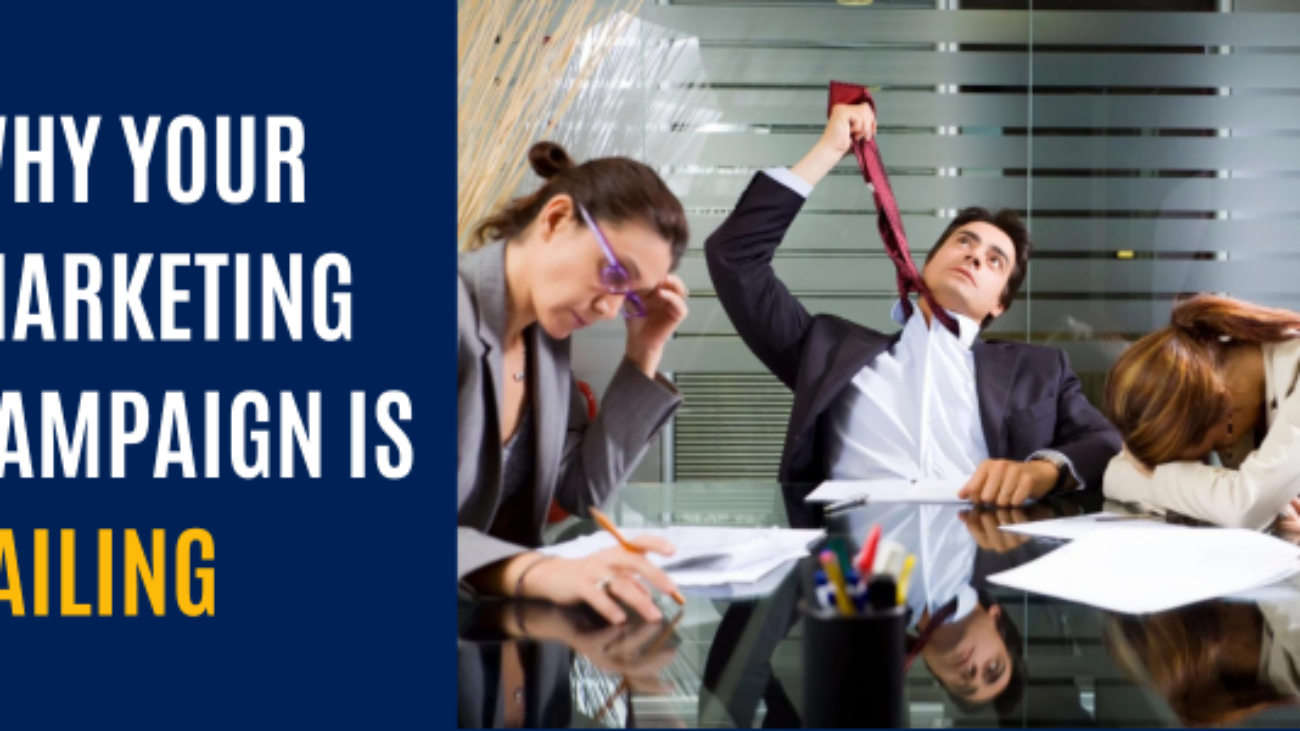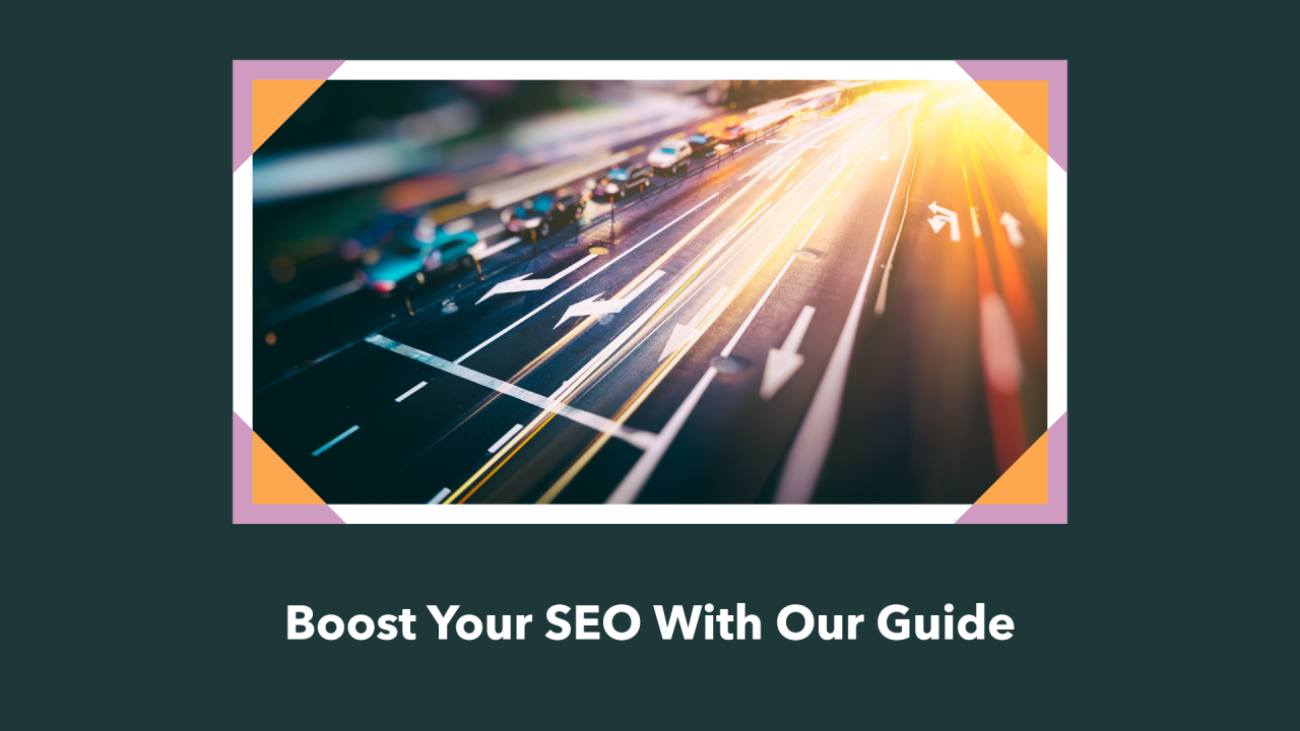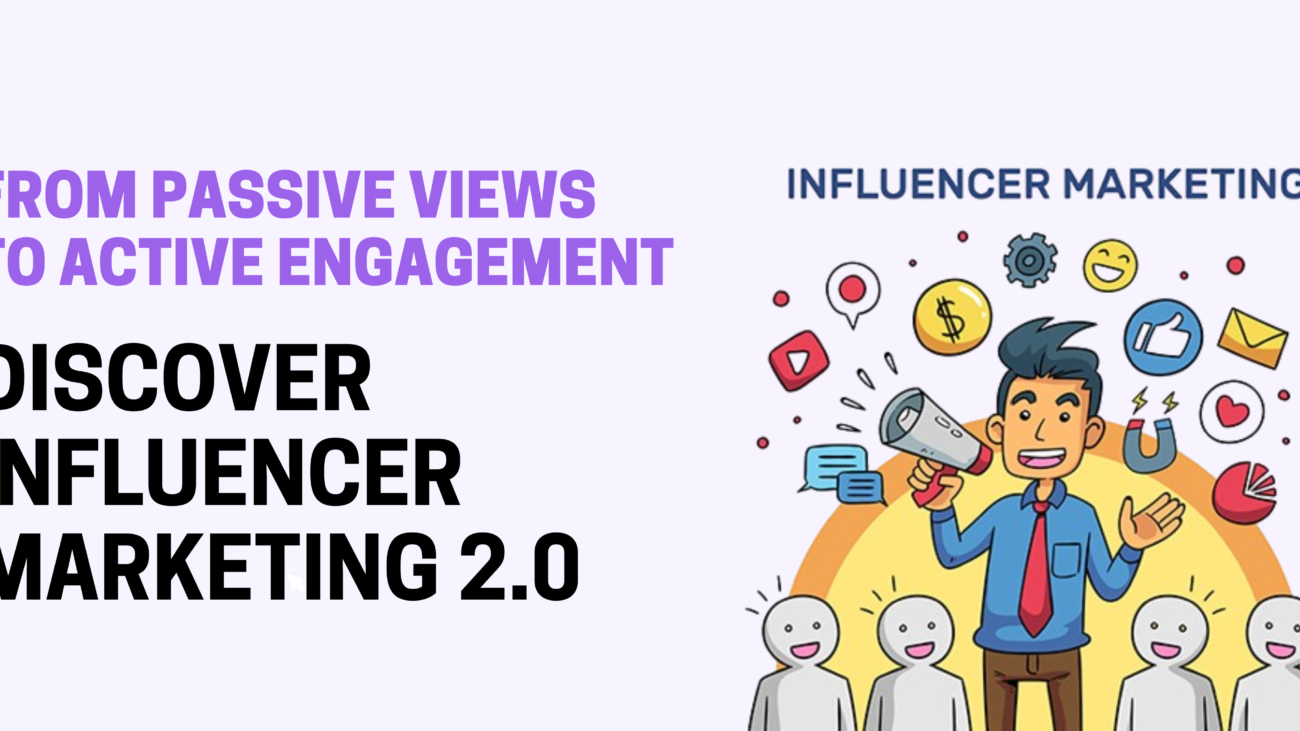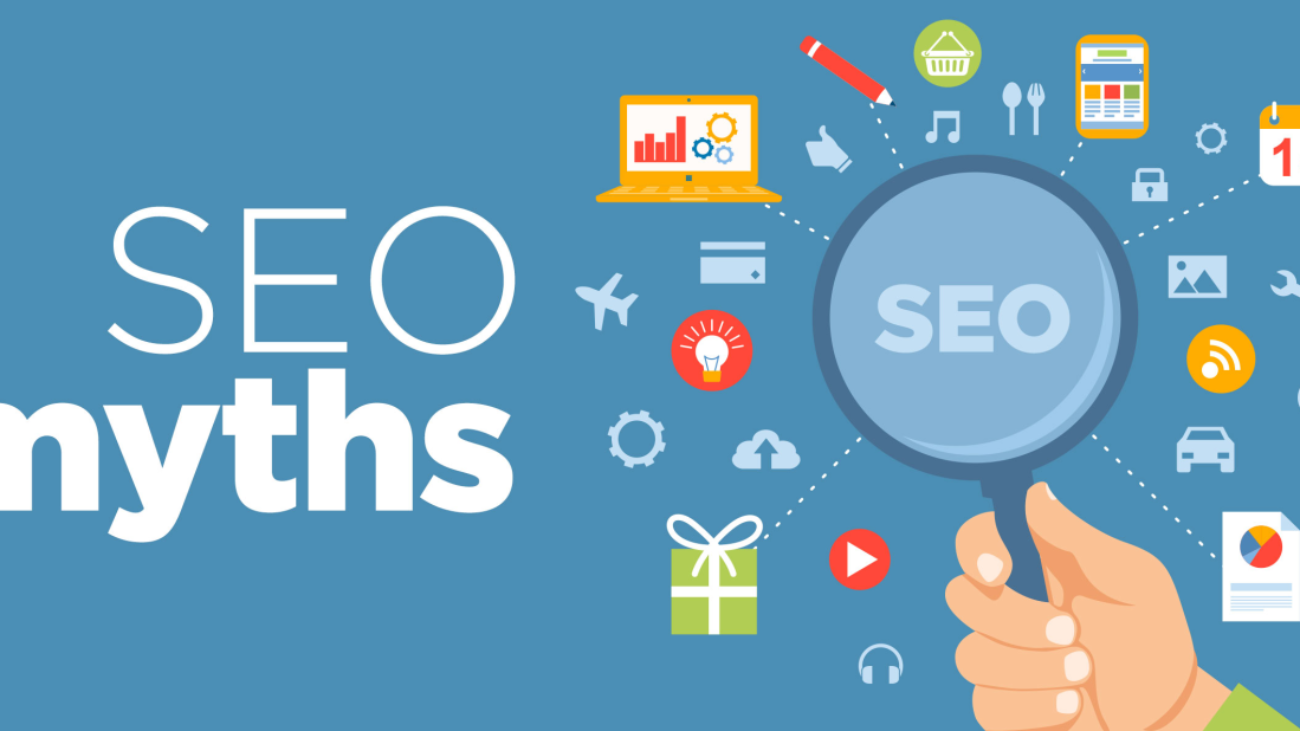Is digital marketing just about throwing some money into paid ads and expecting leads to pour in? Absolutely not! In today’s competitive landscape, digital marketing is a must-have for businesses aiming to thrive and succeed.
With the rise of the internet and social media, businesses now have a plethora of digital marketing channels at their disposal—everything from search engine optimization (SEO) and paid advertising to email marketing and content marketing. Yet, many believe that simply investing in paid ads is enough to generate leads and drive conversions.
The truth is, successful digital marketing campaigns go far beyond just paid advertising. In this article, we’ll explore why investing in website content and design is crucial to the success of your digital marketing efforts.
The Foundation: Website Content and Design
Website content and design are the bedrock upon which all marketing efforts are built. Before you pour money into paid advertising, it’s essential to ensure your website is optimized for conversions. This means creating landing pages that align with campaign goals and target audiences, ensuring the content on those pages is relevant and engaging, and designing the site in a way that encourages users to take action.
User Experience (UX): The Silent Salesman
User experience is a critical factor in website design. A site that’s easy to navigate, loads quickly, and is visually appealing not only improves your search engine rankings but also keeps users on your site longer, engaging with your content. A well-designed website builds trust with your audience—an essential component for any business looking to establish a strong online presence.
Mobile Optimization: A Non-Negotiable Necessity
With over half of all internet traffic coming from mobile devices, having a mobile-friendly website is no longer optional—it’s a necessity. This means designing your site with a responsive layout that adapts to different screen sizes and ensuring it loads quickly on mobile devices.
Content is King: Engaging Your Audience
Once your website is optimized for conversions, the focus shifts to creating engaging content. Content is the backbone of any digital marketing campaign. Without high-quality content, your paid advertising efforts will fall flat. It’s important to produce content that is not only relevant and informative but also engaging and shareable. Invest in formats like blog posts, infographics, videos, and social media posts tailored to your target audience.
Keywords: The Building Blocks of Visibility
Incorporating relevant keywords into your content is essential. Keyword research identifies the terms and phrases your audience is searching for. By embedding these keywords into your content, you can improve your search engine rankings and drive more organic traffic to your site.
Additional Assets: Boosting Your Campaigns
Beyond website design and content creation, other assets can enhance your digital marketing campaigns. Callouts, structured snippets, lead forms, and location assets can all help drive more conversions and improve your return on investment (ROI).
The Big Picture: A Holistic Approach to Digital Marketing
So, what does this mean for businesses aiming to succeed in digital marketing? Simply put, investing in website content and design is crucial. By optimizing your website for conversions, creating high-quality content, and utilizing various assets, you can drive more leads, improve your search engine rankings, and ultimately achieve your marketing goals.
Conclusion: Moving Beyond Paid Ads
It’s time to stop thinking that digital marketing is just about paid ads. While paid advertising is a vital component, it’s only one piece of the puzzle. To truly succeed, businesses need to invest in website content and design, create engaging content, and leverage additional assets. By doing so, you can drive more leads, enhance your search engine rankings, and achieve your marketing objectives.




